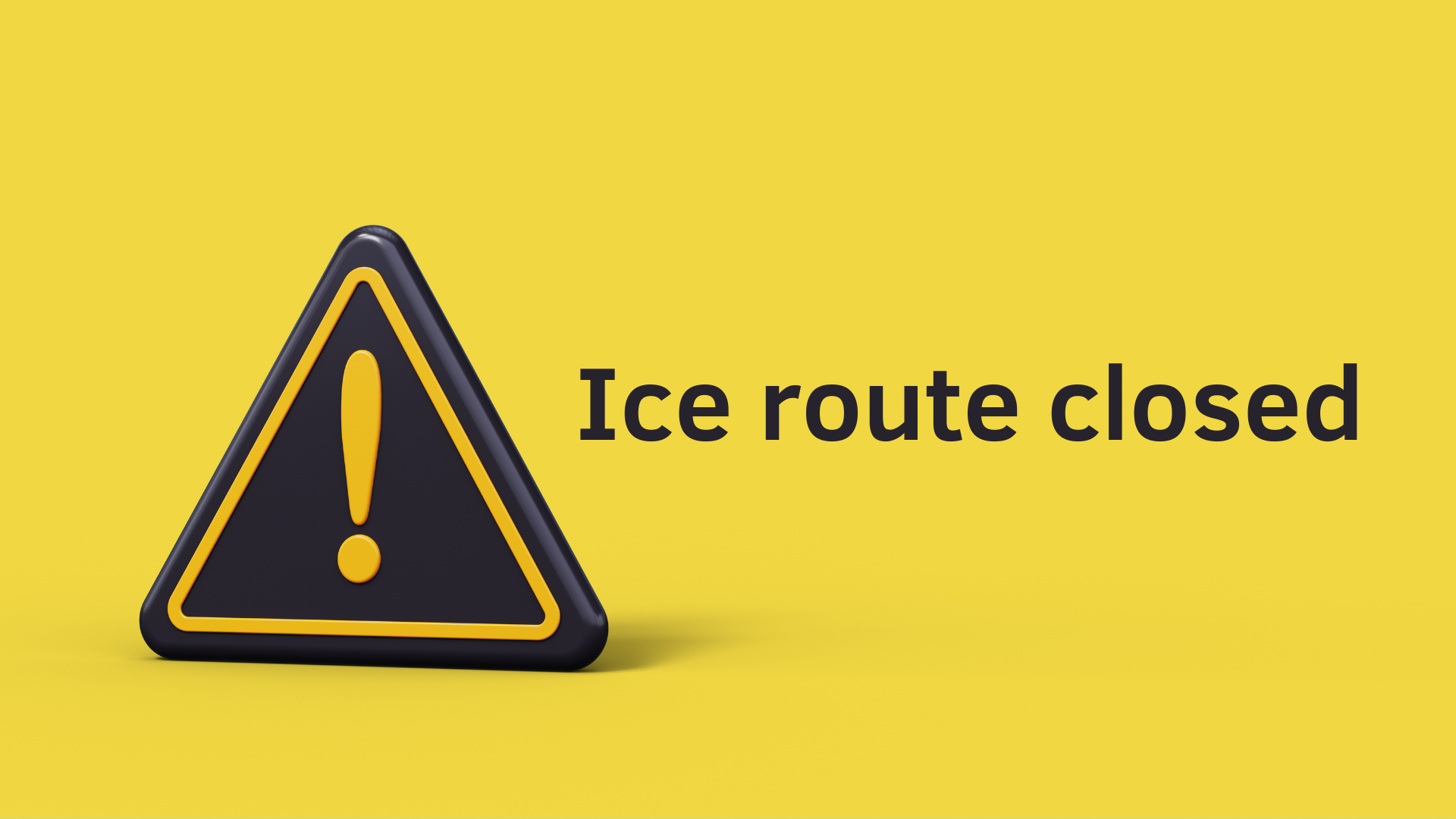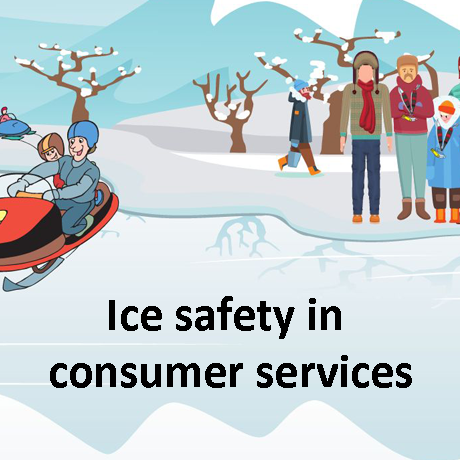Ensure the safe interruption and end of your service
Prevent or interrupt your service or its part if the load-bearing capacity of ice is insufficient or the service presents other risks to customers. If required, the decision to interrupt the service must be made quickly, including during the season. When conditions become dangerous and the service can no longer be provided safely, it must be closed. Service providers are always responsible for closing their services.
It is important to communicate the end of services and maintenance. The end of services can be communicated on websites and social media, and in radio and other media services and local newspapers. In addition, communicate the end of your service next to routes leading to ice.
If the safety of events held on ice cannot be ensured before the start of the event, the event must be cancelled and customers must be notified of the cancellation.
After the season, prepare a summary of ice safety. Take note of any irregularities in the thickness or quality of ice and any particularly hazardous locations on ice. Also record any observations of customer behaviour and successes in safety communication. Check accident records: What near-miss incidents or accidents took place? How can they be avoided during the upcoming season? Finally, consider what you learned from the season and how you can improve safety. Write down your ideas for the next season.

Other material and good practices for the provision of services (in Finnish)
Lake-seawiki: Different types of ice
Yle Areena: Measuring the thickness of ice
Ympäristö.fi: Ice thickness measurements
